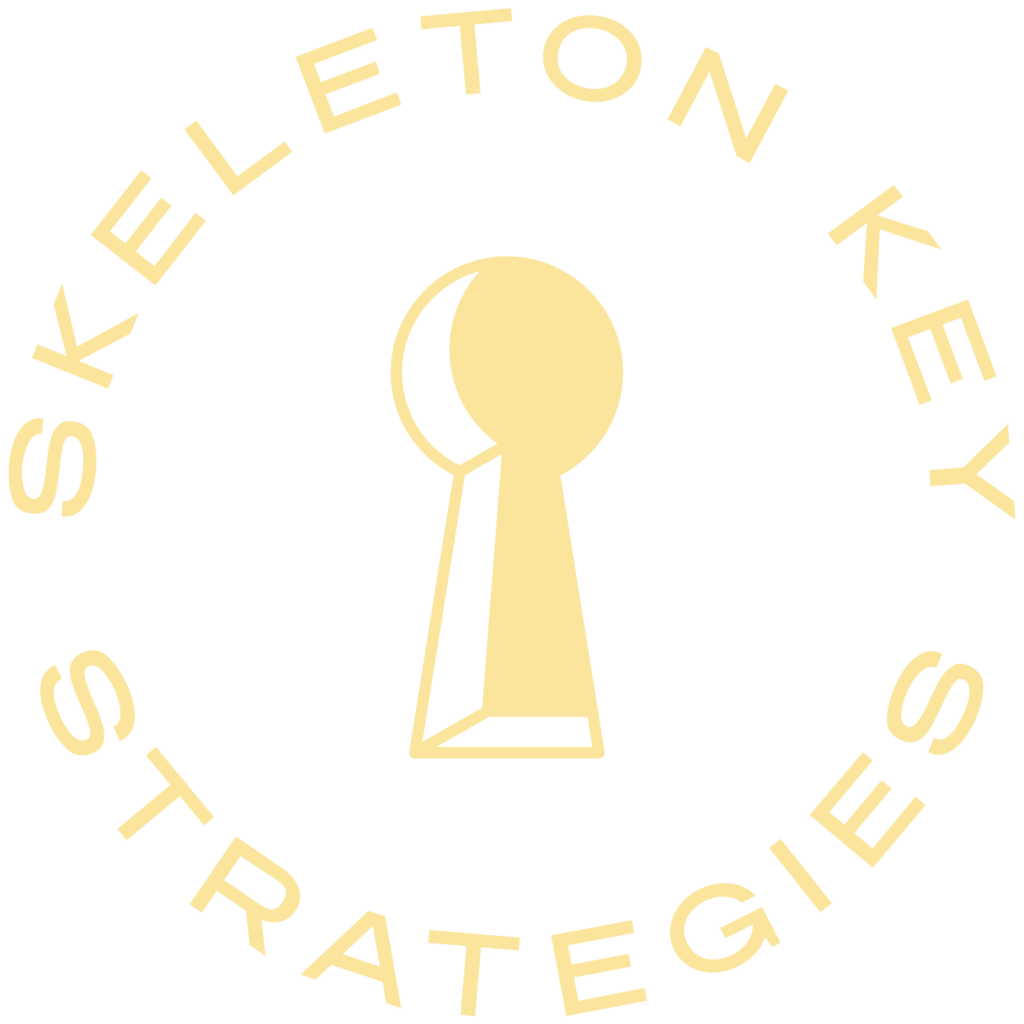“It’s not a ‘you’ problem, it’s an ‘us’ problem.”
A lot of technology consulting work, as it turns out, is about conflict resolution between different nonprofit teams — a lot more than you’d probably think. So many nonprofit departments operate in siloes, especially if they’ve been around a long time, and there’s a pattern in our industry of leaders looking to technology systems to unite and align folks whose mandates have begun to overlap more and more. Take, for example, a Fundraising and IT department who are working together to design and deploy a new donor CRM. Both teams are invested in building a functional, performant application that meets the need of fundraising users and maximizes the potential of the technology tools. However, in the past Fundraising and IT might have never needed a fully fledged “partnership” before, where Fundraising must articulate their business needs and priorities and then work in solidarity with IT to balance what’s desired with what the system provides out-of-the-box, the level of effort to make fixes and enhancements, or the number of users or records that will be impacted by a certain feature.
When I’m talking to a prospective nonprofit consulting client, most of the time the problems they’re laying out sound like technology problems, but they’re really about the people, processes, and interpersonal dynamics surrounding how the technology is managed.
When we dig below the surface, the issue is almost never really about the technology at its core, but instead I hear things like:
“Our department heads don’t agree on a shared approach for how our systems support our business goals.”
Or
“The communication between our teams is poor and leads to all sorts of process breakdowns and emergencies.”
Or
“We have such low capacity that we spend all of our time firefighting and can’t afford the time to think strategically about the future.”
When folks disagree, even colleagues who really like and respect each other may end up playing the blame game, when, in reality, most of the time they’re all subject to the same organizational constraints and challenges.
One of the first steps I try to tackle is getting folks onto the same side of the table, and encouraging them to remember that most of the time we’re all actually aligned on wanting the best success possible for our organization. If we can start from a place of “us vs. the problem” instead of “us vs. each other”, it can make the rest of the conversation a lot more productive and less adversarial.
So next time you’re beginning to notice a technology challenge in your organization, ask yourself: is this a “you” problem, or an “us” problem?
Are you running into a “you” problem that might be an “us” problem at your organization? Reach out to us on the contact form below, or email us at greetings@skeletonkeystrategies.com to schedule a chat – we’d love to see if we can help!
Follow Ruthie and her cat siblings on Instagram here.


